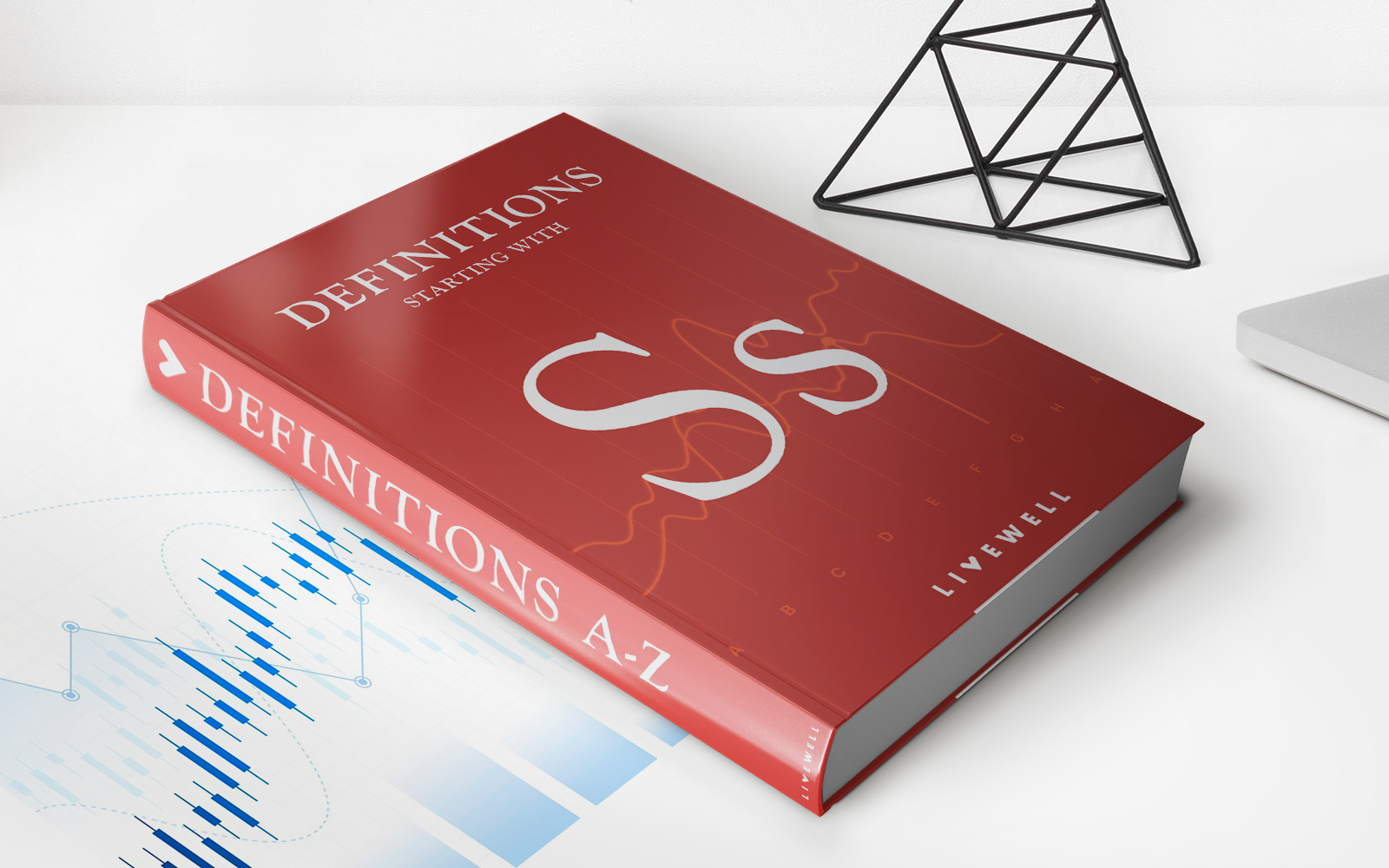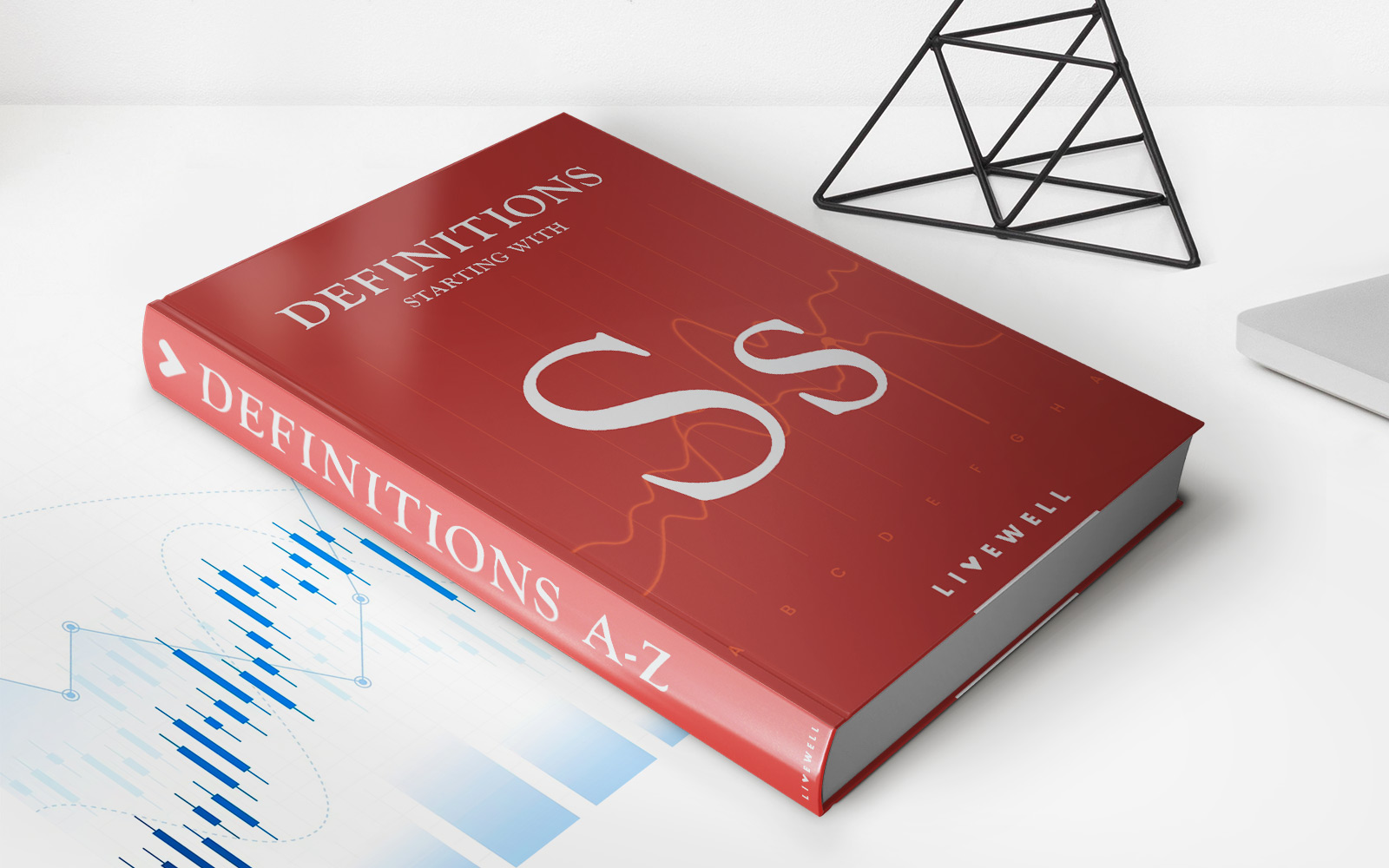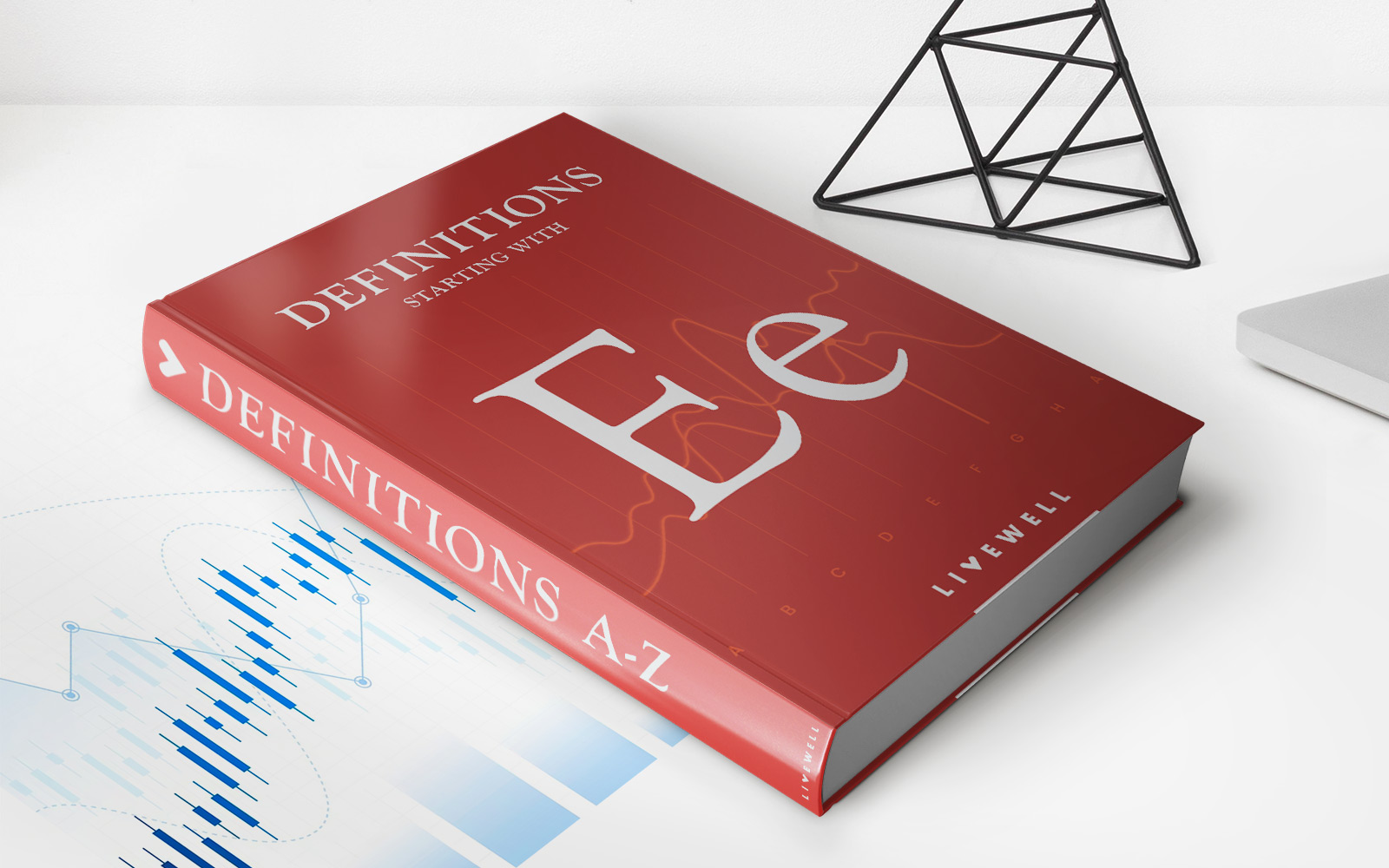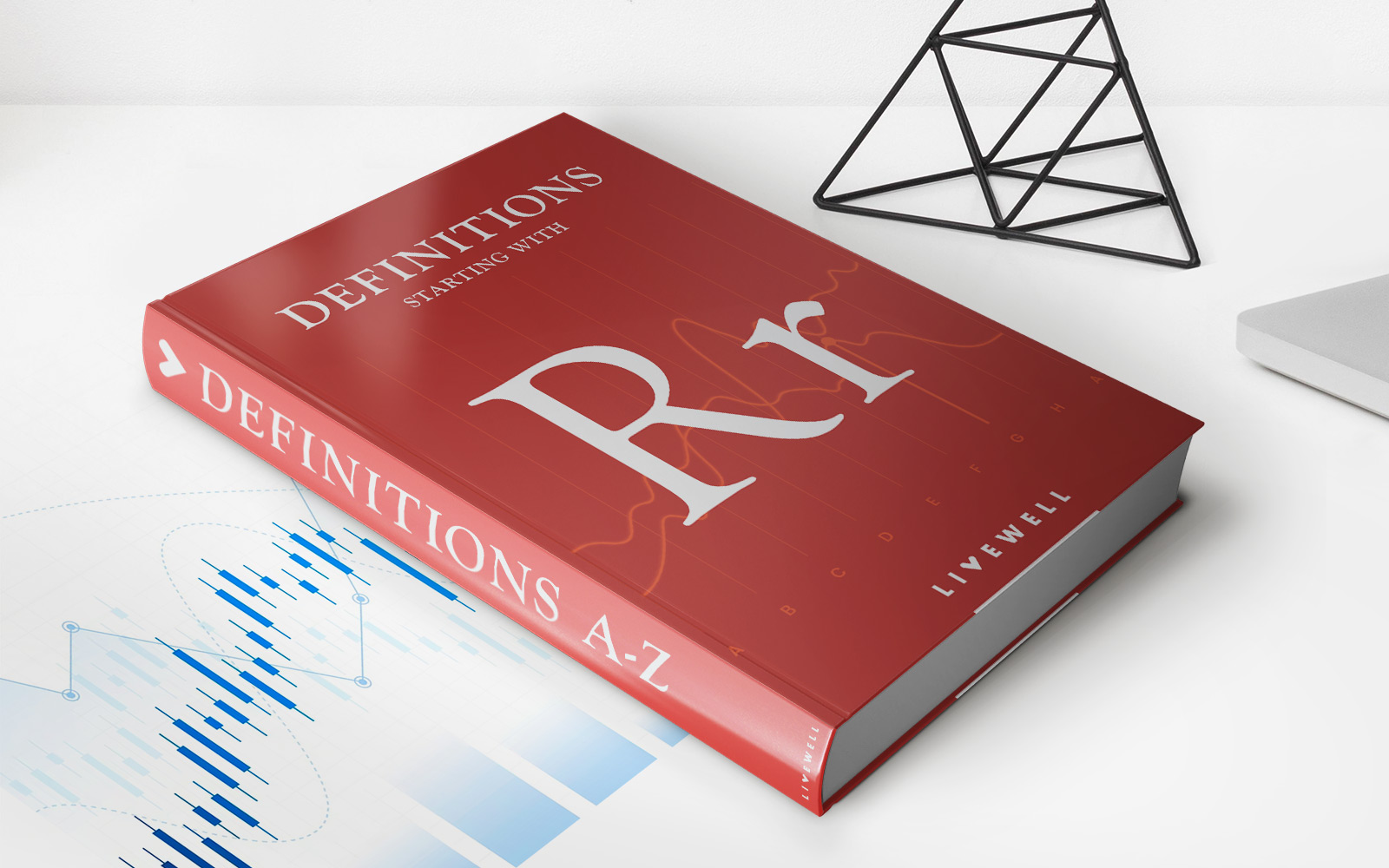

Finance
Chameleon Option Definition
Published: October 26, 2023
Learn about the finance term "chameleon option" and its definition in the world of investments. Discover how this option adapts to market conditions and maximizes returns.
(Many of the links in this article redirect to a specific reviewed product. Your purchase of these products through affiliate links helps to generate commission for LiveWell, at no extra cost. Learn more)
Understanding Chameleon Options in Finance
When it comes to the world of finance, options trading offers a wide range of strategies to help investors manage risk and potentially achieve higher returns. One such strategy that has gained popularity in recent years is the use of chameleon options. But what exactly are chameleon options and how do they work? In this blog post, we will explore the concept of chameleon options and provide insights into how they can be utilized in a financial portfolio.
Key Takeaways:
- Chameleon options are a type of financial derivative that can change their characteristics and behavior based on predefined conditions.
- These options provide investors with flexibility and adaptability, allowing them to adjust their positions according to market conditions.
What are Chameleon Options?
Chameleon options are a unique type of financial derivative that can adapt and change their properties, resembling their namesake, the chameleon. Unlike traditional options that have fixed terms, chameleon options are designed to adjust and evolve based on predefined conditions.
Similar to other options, chameleon options grant the holder the right, but not the obligation, to buy or sell a specified asset at a predetermined price, known as the strike price, within a specific time frame. However, what sets chameleon options apart is their ability to adapt to changing market conditions, allowing investors to fine-tune their positions.
How Do Chameleon Options Work?
Chameleon options work by incorporating predefined conditions known as triggers. These triggers can vary depending on the investor’s objectives and can be triggered by factors such as the price of the underlying asset, market volatility, or specific time intervals.
When a trigger is activated, the chameleon option automatically adjusts its parameters, including strike price, expiration date, or even the underlying asset itself. This adaptability allows investors to optimize their options positions based on evolving market dynamics.
Benefits of Chameleon Options
The use of chameleon options in a financial portfolio offers several advantages:
- Flexibility: Chameleon options provide investors with a high level of flexibility, allowing them to adjust their positions in response to market movements. This adaptability helps investors take advantage of changing market conditions and potentially enhance their returns.
- Adaptability: By incorporating triggers, chameleon options can adapt to different market scenarios. This feature allows investors to optimize their positions and reduce risks by automatically adjusting the terms of the option contract.
Conclusion
Chameleon options offer a unique way to navigate the complexities of options trading in the financial market. Their ability to adapt and change characteristics based on predefined conditions provides investors with the flexibility and adaptability needed to thrive in ever-changing market environments.
By incorporating chameleon options into a financial portfolio, investors can potentially enhance their returns and manage risks more effectively. So, if you’re looking to explore new strategies in options trading, consider adding chameleon options to your toolkit and unlock the power of flexibility in finance.














